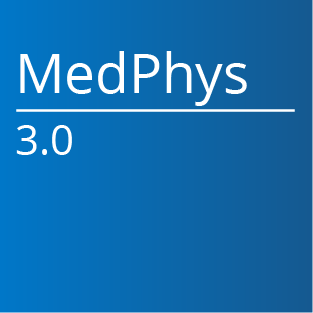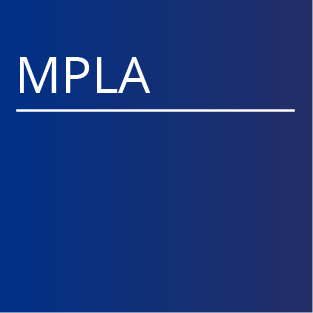
|
Report No. 129 - Dosimetry of 125I and 103Pd COMS eye plaques for intraocular tumors: Report of Task Group 129 by the AAPM and ABS (2012) Category: Reports Dosimetry of eye plaques for ocular tumors presents unique challenges in brachytherapy. The challenges in accurate dosimetry are in part related to the steep dose gradient in the tumor and critical structures that are within millimeters of radioactive sources. In most clinical applications, calculations of dose distributions around eye plaques assume a homogenous water medium and full scatter con- ditions. Recent Monte Carlo (MC)-based eye-plaque dosimetry simulations have demonstrated that the perturbation effects of heterogeneous materials in eye plaques, including the gold-alloy backing and Silastic insert, can be calculated with reasonable accuracy. Even additional levels of complexity introduced through the use of gold foil “seed-guides” and custom-designed plaques can be calculated accurately using modern MC techniques. Simulations accounting for the aforementioned complexities indicate dose discrepancies exceeding a factor of ten to selected critical structures compared to conventional dose calculations. Task Group 129 was formed to review the literature; re-examine the current dosimetry calculation formalism; and make recommendations for eye-plaque dosimetry, including evaluation of brachytherapy source dosimetry parameters and heterogeneity correction factors. A literature review identified modern assessments of dose calculations for Collaborative Ocular Melanoma Study (COMS) design plaques, including MC analyses and an intercomparison of treatment planning systems (TPS) detailing differences between homogeneous and heterogeneous plaque calculations using the American Association of Physicists in Medicine (AAPM) TG-43U1 brachytherapy dosimetry formalism and MC techniques. This review identified that a commonly used prescription dose of 85 Gy at 5 mm depth in homogeneous medium delivers about 75 Gy and 69 Gy at the same 5 mm depth for specific 125I and 103Pd sources, respectively, when accounting for COMS plaque heterogeneities. Thus, the adoption of heterogeneous dose calculation methods in clinical practice would result in dose differences >10% and warrant a careful evaluation of the corresponding changes in prescription doses. Doses to normal ocular structures vary with choice of radionuclide, plaque location, and prescription depth, such that further dosimetric evaluations of the adoption of MC-based dosimetry methods are needed. The AAPM and American Brachytherapy Society (ABS) recommend that clinical medical physicists should make concurrent estimates of heterogeneity- corrected delivered dose using the information in this report’s tables to prepare for brachytherapy TPS that can account for material heterogeneities and for a transition to heterogeneity-corrected prescriptive goals. It is recommended that brachytherapy TPS vendors include material heterogeneity corrections in their systems and take steps to integrate planned plaque localization and image guid- ance. In the interim, before the availability of commercial MC-based brachytherapy TPS, it is recommended that clinical medical physicists use the line-source approximation in homogeneous water medium and the 2D AAPM TG-43U1 dosimetry formalism and brachytherapy source dosimetry parameter datasets for treatment planning calculations. Furthermore, this report includes quality management program recommendations for eye-plaque brachytherapy. Medical Physics, 39, 6161-6184 (2012) https://doi.org/10.1118/1.4749933 Altmetrics for this report Keywords: Eye Plaques, Coms, Brachytherapy, 103Pd, 125I Special Brachytherapy Modalities Working Group Task Group #129 Sou-Tung Chiu-Tsao, Melvin A. Astrahan, Paul T. Finger, David S. Followill, Ali S. Meigooni, Christopher S. Melhus, Firas Mourtada, Mary E. Napolitano, Ravinder Nath, Mark J. Rivard, D. W. O. Rogers, Rowan M. Thomson Committee Responsible: Brachytherapy Subcommittee Last Review Date: |
DISCLAIMER



















